Study conducted at the Oceanic Institute
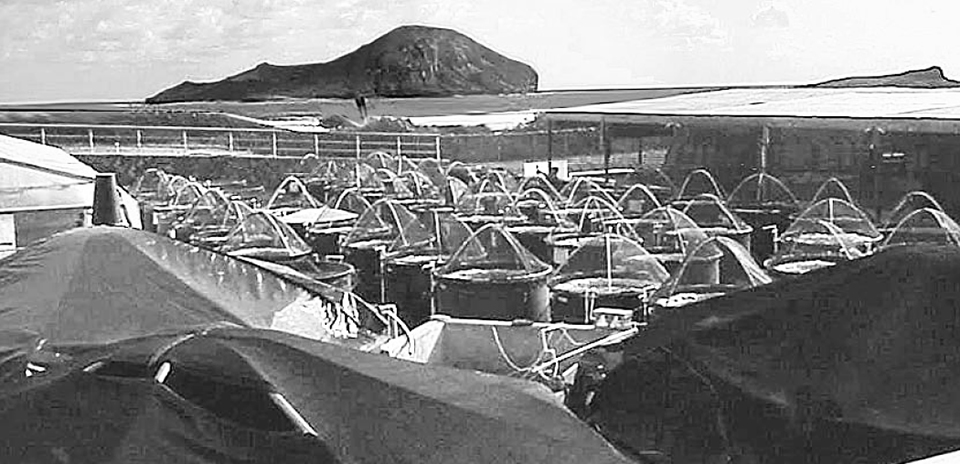
Most shrimp cultured today are fed diets with greater than 30 percent protein, with much of this protein obtained from fishmeal. Lowering the protein level should decrease feed costs and reduce the amount of nitrogenous wastes entering the production system and natural environment. Substituting an agricultural product for fishmeal should also lower feed costs and lessen potential concerns about the sustainability of shrimp farming.
Selecting shrimp for growth
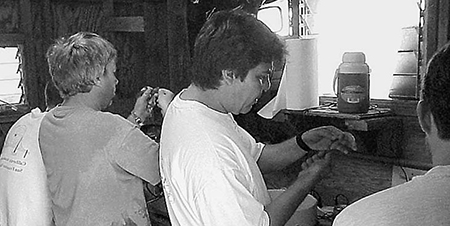
The Oceanic Institute in Hawaii, USA, has been successfully selecting shrimp for improved growth at densities greater than 100 shrimp per square meter. However, these shrimp were selected for growth on a feed with greater than 30 percent protein and about 20 percent fishmeal.
A recent study was conducted at the Oceanic Institute to determine:
- The performance of shrimp fed a 25 percent protein feed compared with a standard 35 percent protein feed.
- The performance of shrimp fed a 35 percent vegetable protein feed (with protein originating from terrestrial plant crops) compared with a standard 35 percent protein feed.
- If there is a need to select separate lines of shrimp specifically for lower protein or vegetable-based protein diets.
- If shrimp selected for growth performed better on these diets compared to unselected controls.
Shrimp were stocked in 48, 1,500-liter tanks at a density of 100 shrimp per tank for eight weeks with no water exchange. Average weight of shrimp at stocking was 2.9 grams. Shrimp were fed eight times a day (diet ingredients listed in Table 1) at 5 to 8 percent body weight per day.
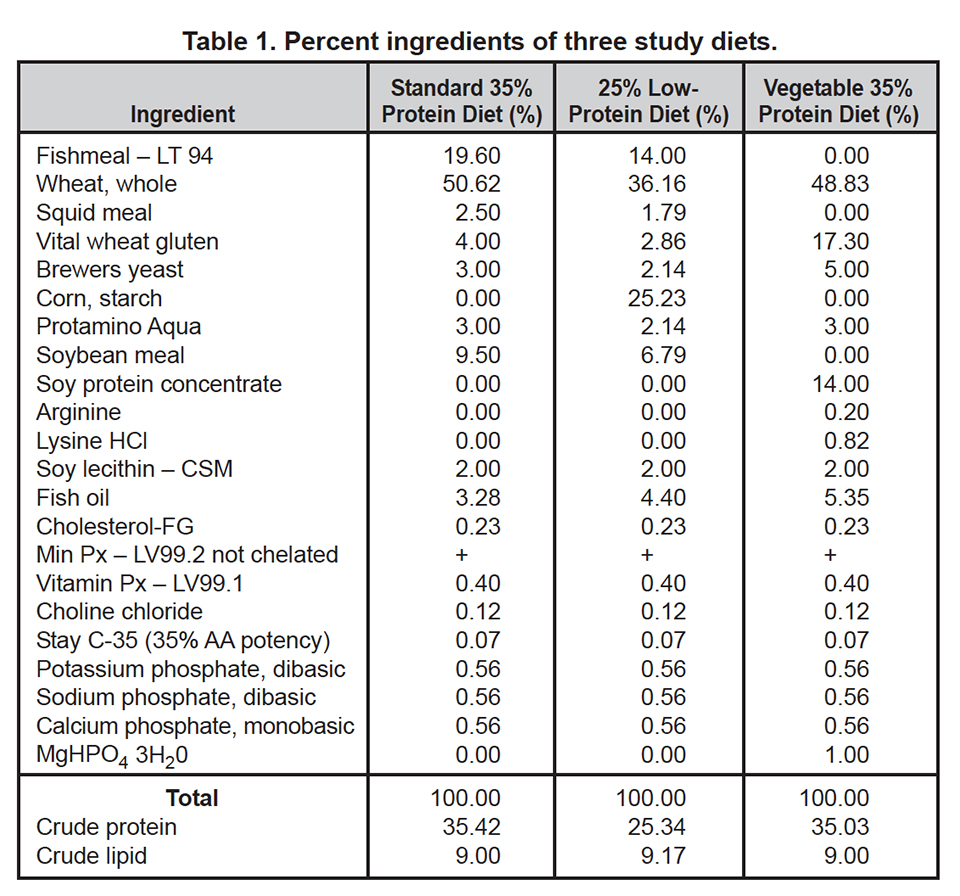
Study results
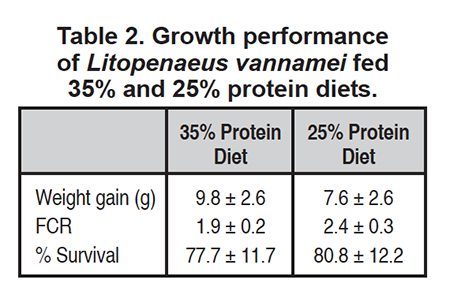 Shrimp grew about 30 percent faster when fed the 35 percent protein diet compared to the 25 percent protein diet. Shrimp grew about 20 percent faster when fed marine protein versus vegetable protein (Tables 2 and 3). Feed-conversion ratios were better when shrimp were fed the 35 percent protein diet.
Shrimp grew about 30 percent faster when fed the 35 percent protein diet compared to the 25 percent protein diet. Shrimp grew about 20 percent faster when fed marine protein versus vegetable protein (Tables 2 and 3). Feed-conversion ratios were better when shrimp were fed the 35 percent protein diet.
Even though shrimp grew better when fed the 35 percent protein diet, it is unclear if this increase in weight gain is justified by the higher costs of this feed. For example, does the 20 percent increase in growth make up for the higher cost of the 35 percent standard feed over the 35 percent vegetable protein feed?
Conclusion
Despite being selected for growth on diets with protein levels greater than 30 percent, the selected shrimp grew better than control shrimp on all diets (Tables 4 and 5). There was no interaction between families and diets, indicating the fastest-growing families grew the fastest no matter what diet they were fed. Consequently, it is not necessary to breed different lines of shrimp for specific diets.

(Editor’s Note: This article was originally published in the April 2001 print edition of the Global Aquaculture Advocate.)
Now that you've reached the end of the article ...
… please consider supporting GSA’s mission to advance responsible seafood practices through education, advocacy and third-party assurances. The Advocate aims to document the evolution of responsible seafood practices and share the expansive knowledge of our vast network of contributors.
By becoming a Global Seafood Alliance member, you’re ensuring that all of the pre-competitive work we do through member benefits, resources and events can continue. Individual membership costs just $50 a year.
Not a GSA member? Join us.
Authors
-
-
Jeff J. Cody
The Oceanic Institute
Waimanalo, Hawaii USA -
Steve M. Arce
The Oceanic Institute
Waimanalo, Hawaii USA -
Ian P. Forster
The Oceanic Institute
Waimanalo, Hawaii USA -
Shaun M. Moss, Ph.D.
The Oceanic Institute
Waimanalo, Hawaii USA -
Albert G.J. Tacon, Ph.D.
The Oceanic Institute
Waimanalo, Hawaii USA
Tagged With
Related Posts
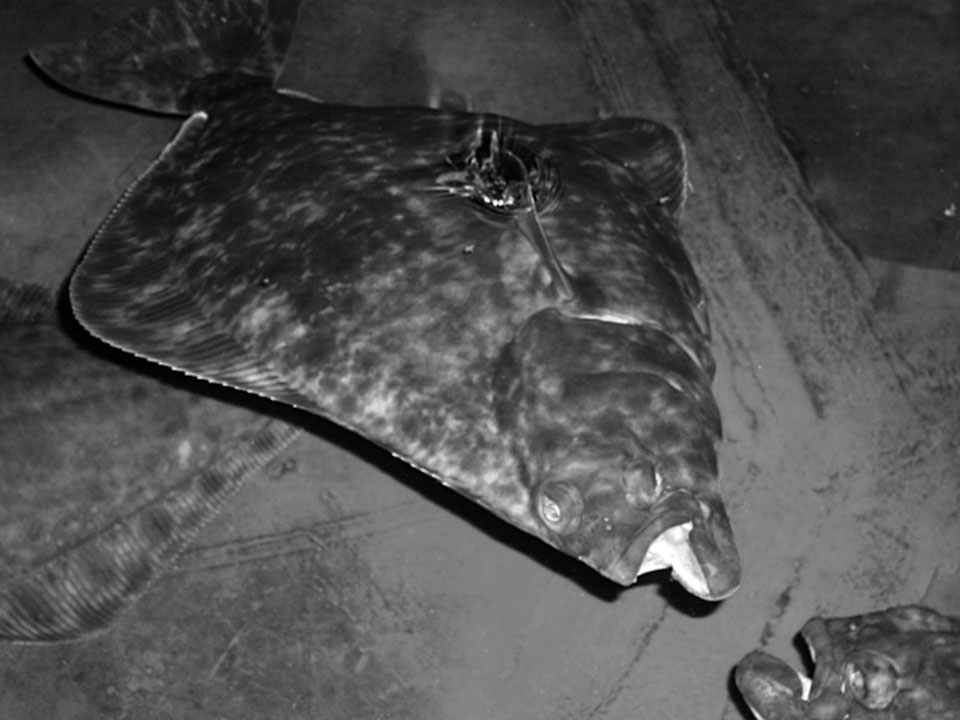
Health & Welfare
Avoiding genetic bottlenecks in broodstock selection
Broodstock selection programs for Atlantic halibut identify top first-generation performers to develop a strain best suited to aquaculture conditions.
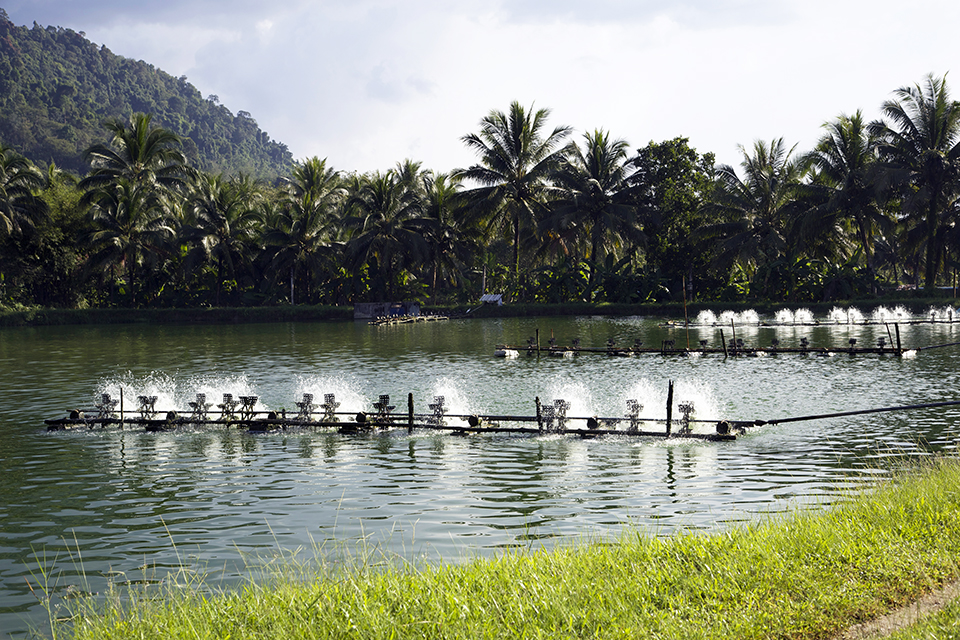
Health & Welfare
Genetic improvement programs for shrimp vary between Asia, Americas
There is a clear difference between the shrimp postlarvae traits that are economically important in Central and South America versus those of Asia, creating a challenge for breeders to satisfy the somewhat opposing breeding goals the regions demand.
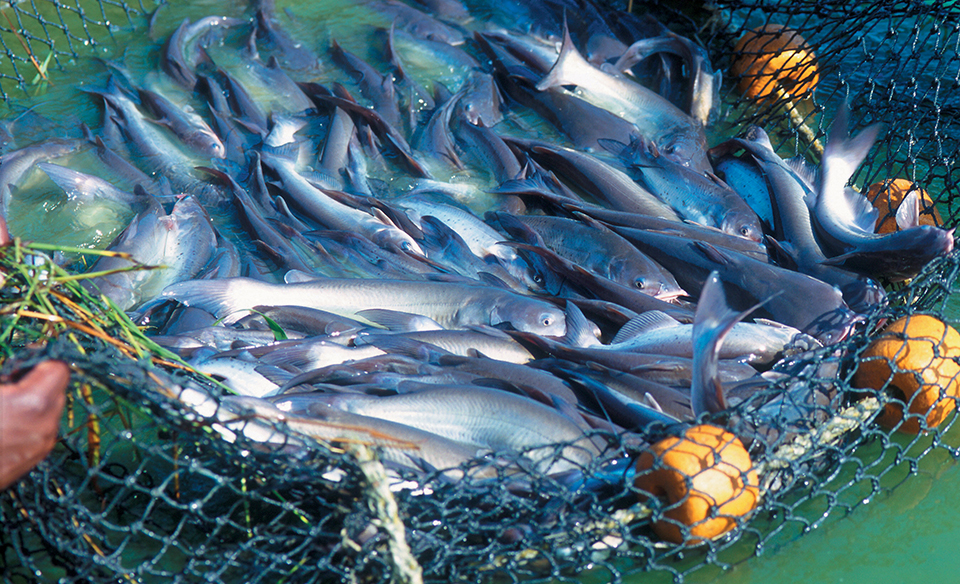
Health & Welfare
Catfish genetics and breeding
Although research on catfish genetics began in the 1960s, applications of genetic improvement in aquaculture have lagged behind other animal industries.

Health & Welfare
Genome editing: Potential to improve aquaculture breeding, production, Part 1
Due to high fecundity and external fertilization, most aquaculture species are amenable to genetic improvement technologies, including genome editing.


